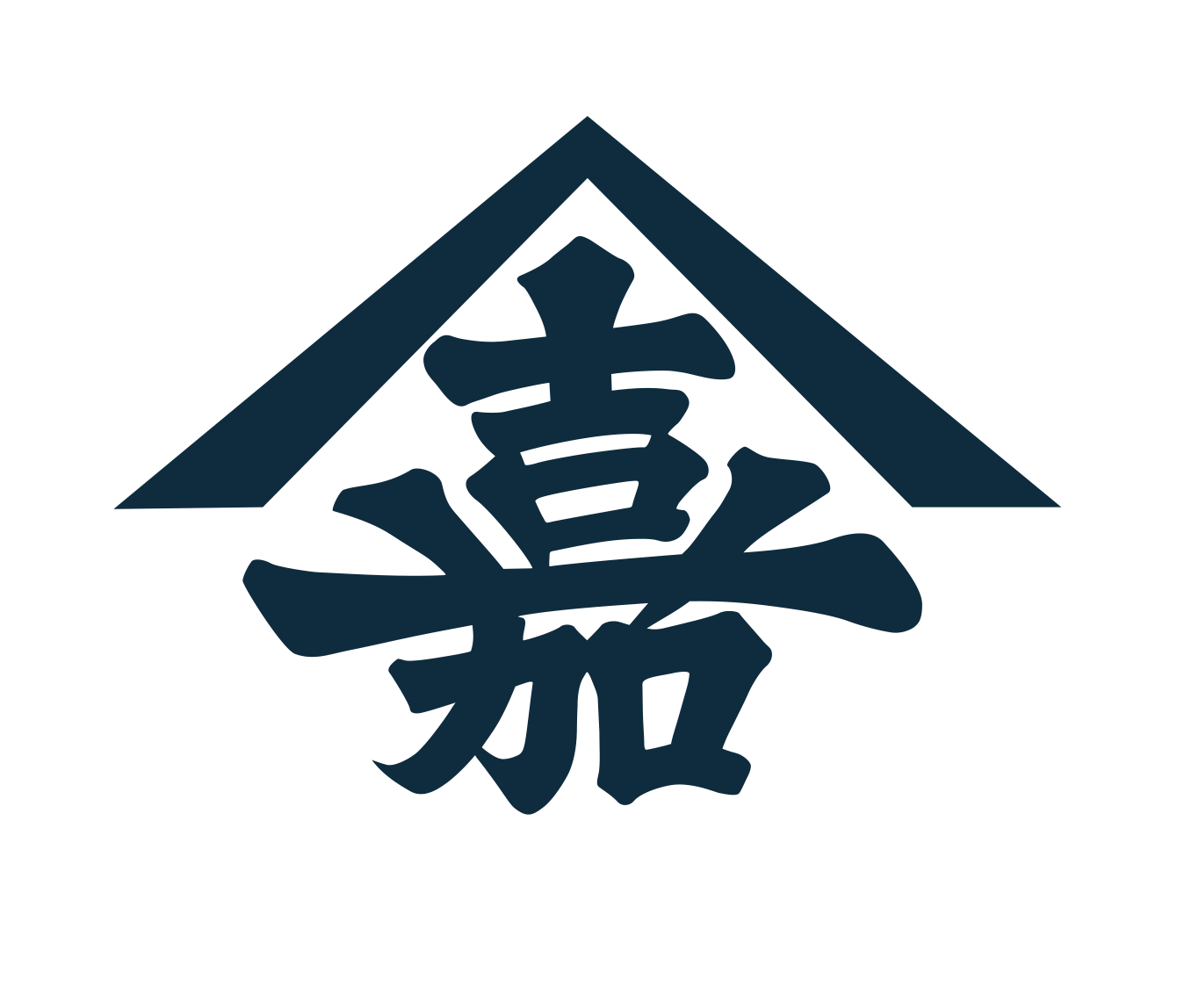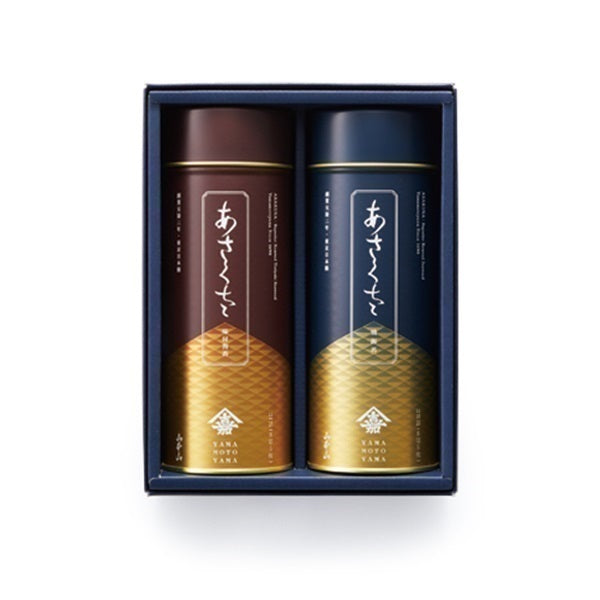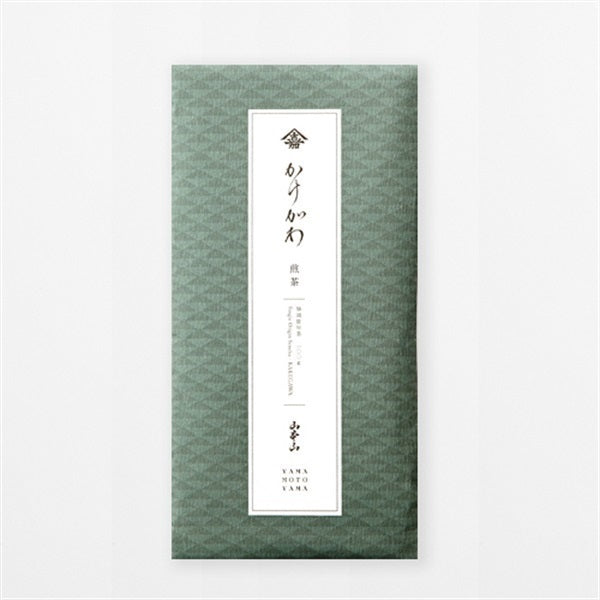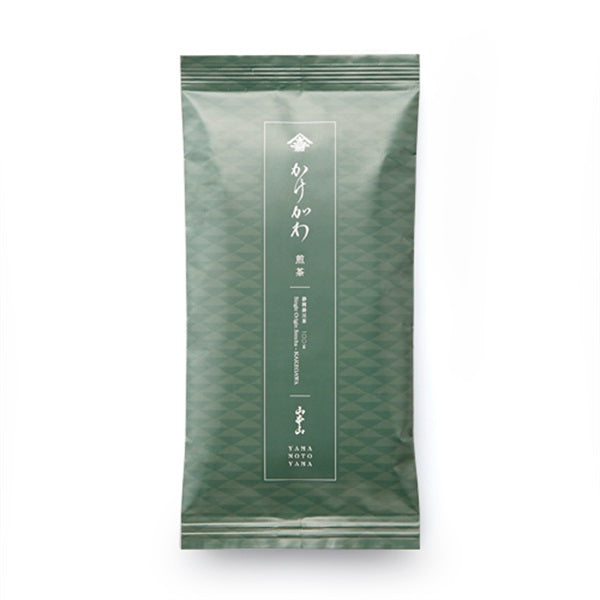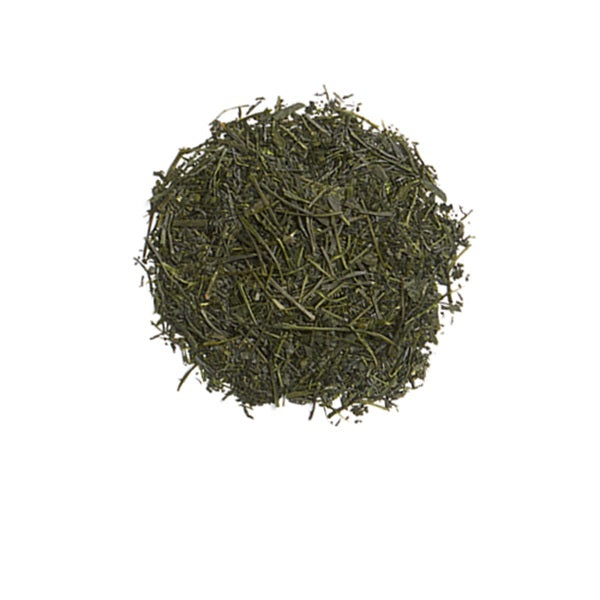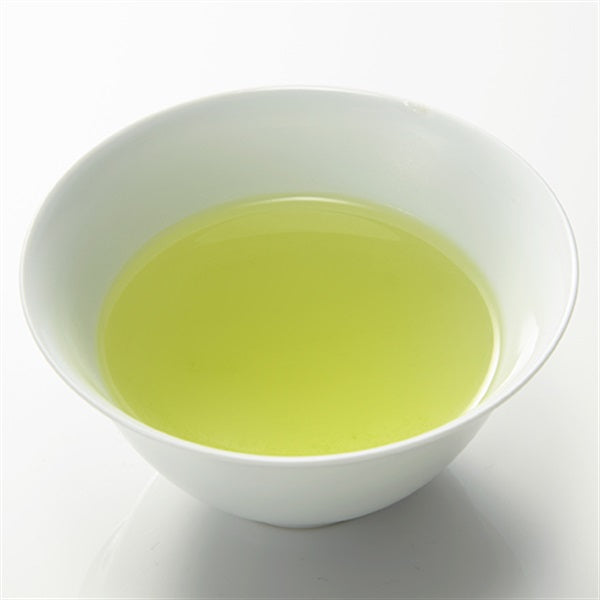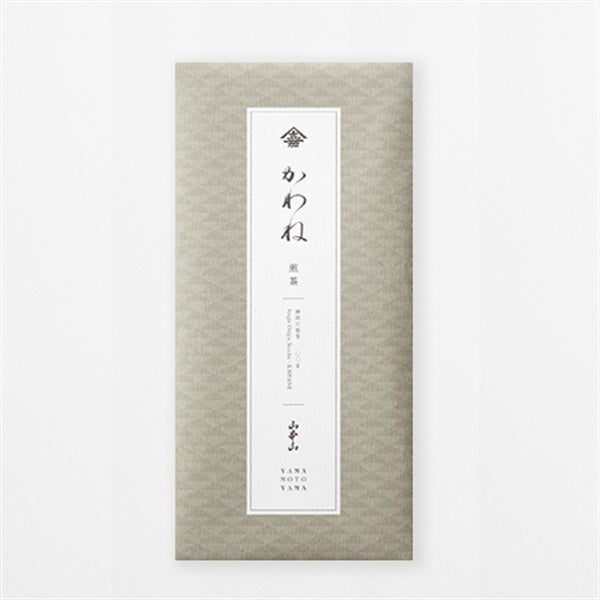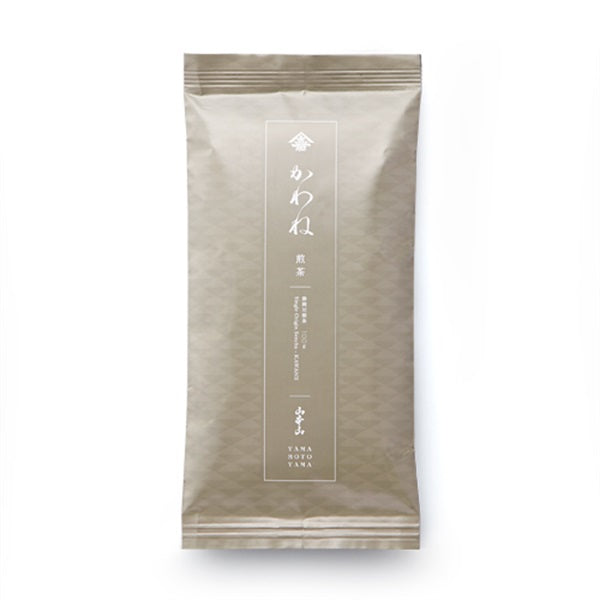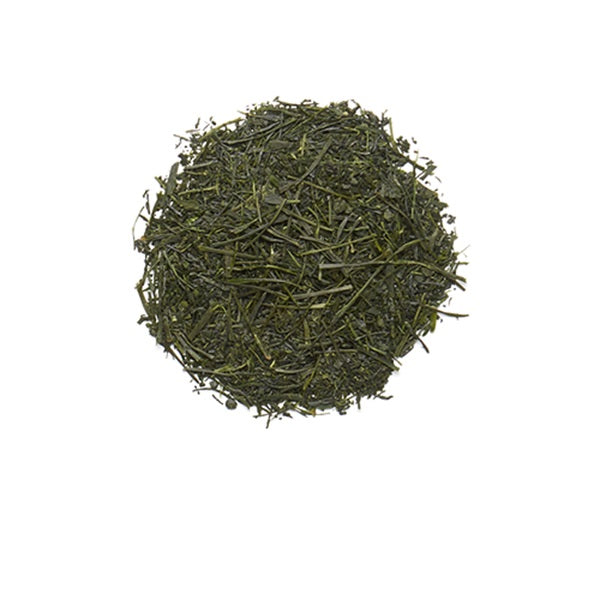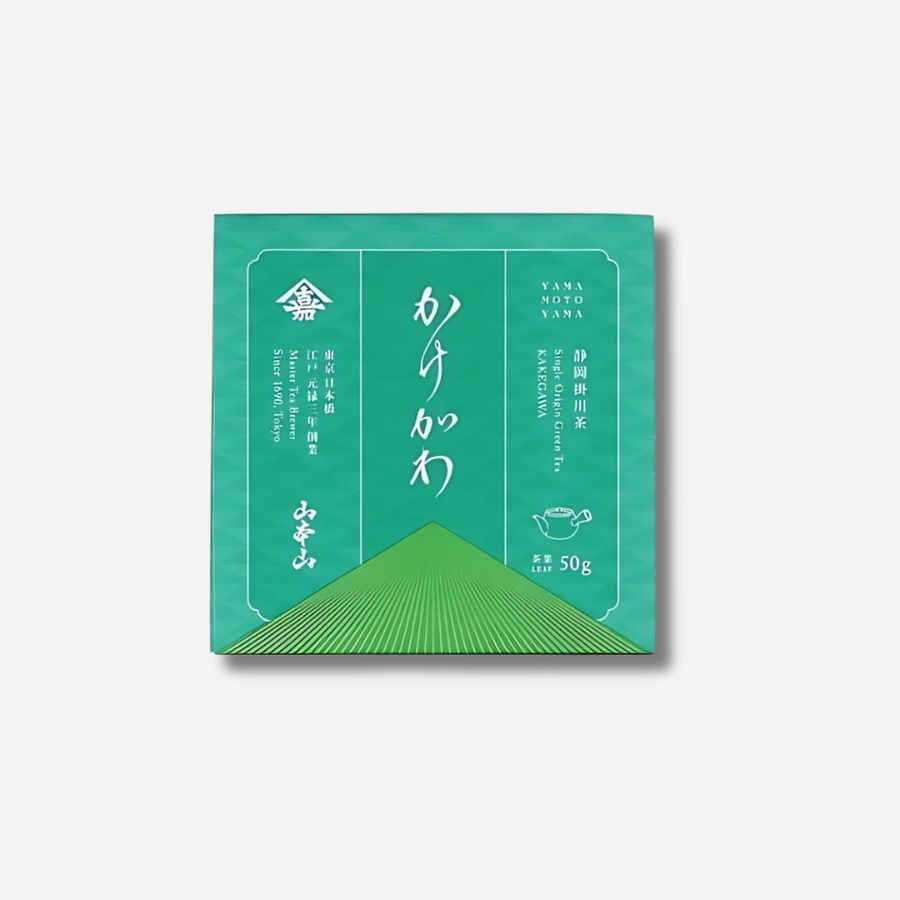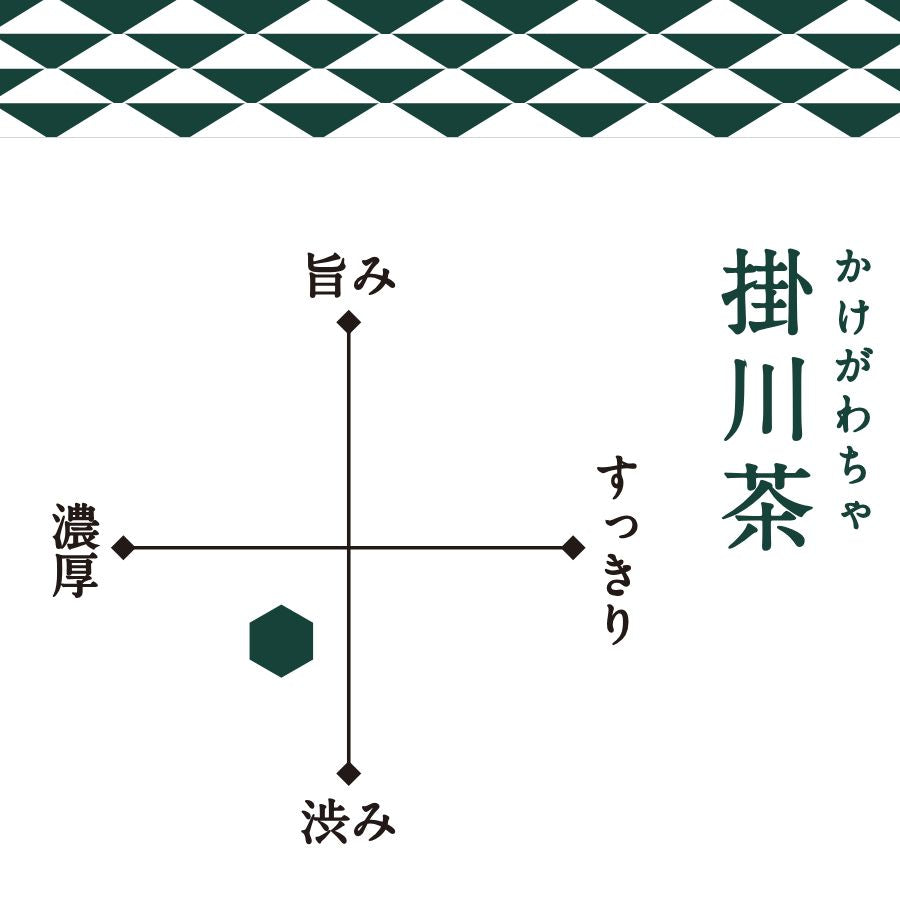
Visiting Shizuoka, a tea-producing region - budding greenery and skilled techniques - A close-up report on Shizuoka tea picking
- Introduction
- The skilled techniques shine! Tea picking begins
- Pursuing freshness! Rapid transportation from picking to processing plant
- Preparing for picking: a race against time and teamwork
- A year of maintaining the quality of tea leaves - Shizuoka tea plantation management
- The lifespan and growth cycle of tea plants: Pruning techniques that ensure quality
- The harvesting cycle and various uses of tea leaves
- summary
Introduction
May is a month filled with the aroma of new tea.
I visited the vast tea plantations of Shizuoka Prefecture and observed the tea picking process, the most lively period of the year.
Surrounded by the vibrant greenery and the aroma of fresh tea leaves, the moment of harvest finally begins. We would like to share this special experience with you.

Morning tea field, harvest begins
At 7:50 a.m., with morning dew still lingering, the plucking machine roars along, gliding across the vibrant green carpet.
Work begins early in the morning, but according to the tea farmers, it's not just about starting early in the morning.
If there is dew on the tea leaves, the leaves will not steam evenly, so they pick them at the perfect time.
The picking work on this day was carried out by a total of five people, consisting of two workers operating two riding plucking machines and two or three truck operators transporting the harvested tea leaves.
The riding picking machine is precisely adjusted to the millimeter in height as it follows the furrows of the tea fields, carefully harvesting only the most tender new shoots.
Pursuing freshness! Rapid transportation from picking to processing plant
Freshly picked tea leaves are still breathing and lose their freshness over time.
Therefore, it must be transported to the crude tea factory as quickly as possible.
The harvested tea leaves are quickly collected within 30 minutes and then loaded onto three-ton trucks and transported to the processing plant in just one to one and a half hours.

In particular, the first flush of tea harvested at this time of year is prone to heat retention immediately after harvest, so great care is taken to avoid compromising the quality of the tea leaves, such as by keeping the amount of tea loaded onto trucks to a minimum.
The transport trucks are fitted with special fans to prevent heat from building up inside the warehouse, and thorough management is carried out to ensure that the tea leaves arrive at the factory in the best condition.
The tea leaves delivered in this way begin processing on the same day.

Preparing for picking: a race against time and teamwork
The time for picking the tea is decided at the last minute after carefully assessing the growth condition of the tea leaves.
In the past, at this time of year, tea farmers would stay overnight near the tea plantations for up to a month, constantly checking for even the slightest change in the tea leaves and waiting to pick them at any time.

From dusk through the night on this day, an important preparatory task for the picking of "kabusecha" tea the next day was carried out - the work of removing the covering.
The black sheets that cover the vast tea fields are then expertly peeled away to expose the tea to the sunlight the next day, a vital step in allowing the new buds to fully develop and be in the best condition for picking.
This ambitious task was supported not only by neighboring farmers, but also by part-time workers who are only available at this time of year. A total of about 10 people worked together, covering an area of 1.5 hectares each, and their teamwork and physical strength were truly impressive.
At this time of year, the tea plantations are the busiest of the year, from early morning until sunset, and it is a vibrant time with many people pouring their passion into their work.

A year of maintaining the quality of tea leaves - Shizuoka tea plantation management
The most important time to grow delicious tea leaves isn't just the harvest time when the new buds sprout.
In fact, careful management of the "parent leaves" that grow from summer to autumn of the previous year is the key to determining the quality of that year's new tea.

The delicate tea plant is easily affected by Japan's harsh natural environment, and is particularly vulnerable to cold and heat. For this reason, tea farmers use various methods to protect and cultivate their tea fields throughout the year.
Frost prevention fans play a particularly important role in protecting tea leaves from the harsh cold of winter.
These giant fans are put into operation when temperatures approach freezing and there is a risk of frost forming on the tea leaves, damaging their quality.
By sending relatively warm air from above down to the ground, the temperature of the entire tea field is raised slightly, which has the effect of suppressing the formation of frost.

On the other hand, during midsummer when the drought continues day after day, it is essential to take measures to prevent the tea leaves from burning due to strong ultraviolet rays.
That is why tea plantations are regularly watered. Not only does it cool the surface of the leaves, but it also provides the tea with the right amount of moisture to maintain its vitality and prevent any deterioration in quality.
In recent years, an increasing number of tea farms are introducing drip irrigation systems in an effort to make water management more efficient and environmentally friendly.
This system involves stringing thin hoses around the base of the device, slowly and precisely delivering the required amount of water.
This helps to produce high-quality tea leaves by preventing the tea fields from becoming steamy due to excess moisture while ensuring that moisture reaches the roots of the tea plants.
The lifespan and growth cycle of tea plants: Pruning techniques that ensure quality
Tea is a crop with an economic lifespan of approximately 30 years.
It takes three years for newly planted seedlings to produce their first harvest.
After that, the tea plant continues to grow at about 10cm per year, but in order to maintain its vigor and ensure a stable harvest, it is essential to prun it every 3 to 4 years.
This allows the tea plants to rejuvenate, which in turn increases their vigor and deepens the flavor of the tea.
In particular, pruning around mid-May after the most important first tea harvest is over allows the tea plants to vigorously grow new branches, establishing a cycle that will allow them to produce high-quality tea leaves again the following spring.
The harvesting cycle and various uses of tea leaves
Shizuoka tea farmers carefully manage the plucking cycle with an eye towards the quality and end use of the tea leaves.
The first tea picked in spring is prized as the best quality tea leaves of the year and is used as new tea or high-grade sencha.
The second and third batches that follow have different flavors from the first batch, and each has its own unique characteristics.
In addition, when tea trees grow too tall, they are pruned drastically in a process called "dai-giri" to efficiently manage them, by cutting the tea tree by about half.
About one month after cutting, new green shoots will sprout again. These shoots are mainly used for processed products such as bottled drinks and roasted green tea, making the most of their properties.

summary
For tea farmers, this new tea season is truly a harvest season, when the tea leaves that they have painstakingly grown over the course of a year finally take shape as products.
At the same time, this harvest season is also an extremely important preparation period that determines the growth of abundant tea leaves the following year. From picking to processing, all the work done in a race against time determines the quality of the future tea.
During my reporting, I was surrounded by the breathtakingly vivid green of the fields and the lively voices of the people picking the tea, and I felt firsthand the vitality of Shizuoka's tea industry and its promising future.
